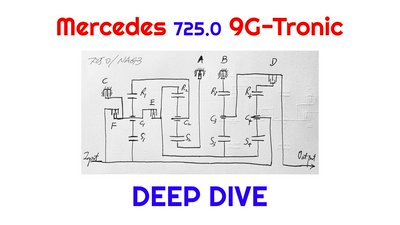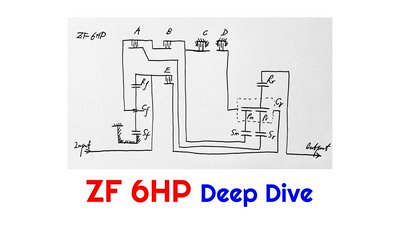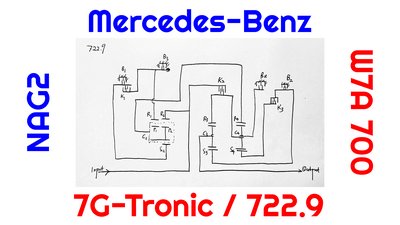techXXX
Ranking the Design of 8 High-End Mid-Size Crossovers in 2024
Today, I rank 8 high-end mid-size crossovers on the market in 2024 in terms of their exterior and interior styling. By “high-end”, I mean the so-called “luxury” crossovers with at least 6 cylinders.
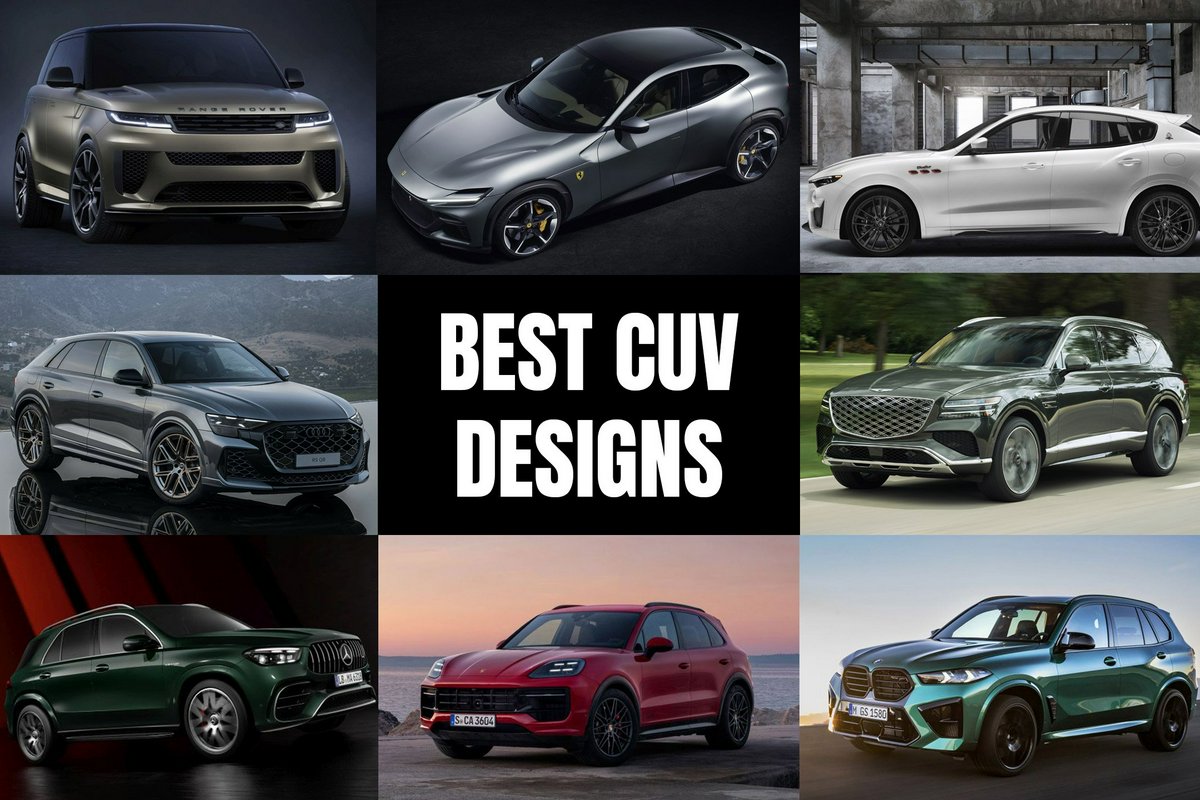
Today, I rank 8 high-end mid-size crossovers on the market in 2024 in terms of their exterior and interior styling. By “high-end”, I mean the so-called “luxury” crossovers with at least 6 cylinders. Mid-size crossovers are unibody “SUV-like” vehicles with a total length of around 4.9 to 5 meters. This is the most popular segment today.

8. Mercedes AMG GLE 63 S V167
- 4954 x 1947 x 1772 mm
- 2995 mm WB
Starting from the bottom of the list, I have the V167 Mercedes AMG GLE 63 S, which has just received a facelift. As it is with all Mercedes crossovers, this vehicle is as bland and as forgettable as can be. It is busily styled with dozens of “character lines”, giant logos, and heavy application of plastic “chrome” trim pieces. However, it lacks elegance, beauty, and presence. Non-AMG models are more sedate but even more bland.
Inside, the large display dominates the cabin, and it is surrounded by plastic trim pieces and air vents that again lack elegance or luxury feel. I have no doubt that in 10 years virtually no one will be looking at it on the used market, and it will run into the junk yard sooner than many much older vehicles, due to its insane mechanical complexity and poor styling.
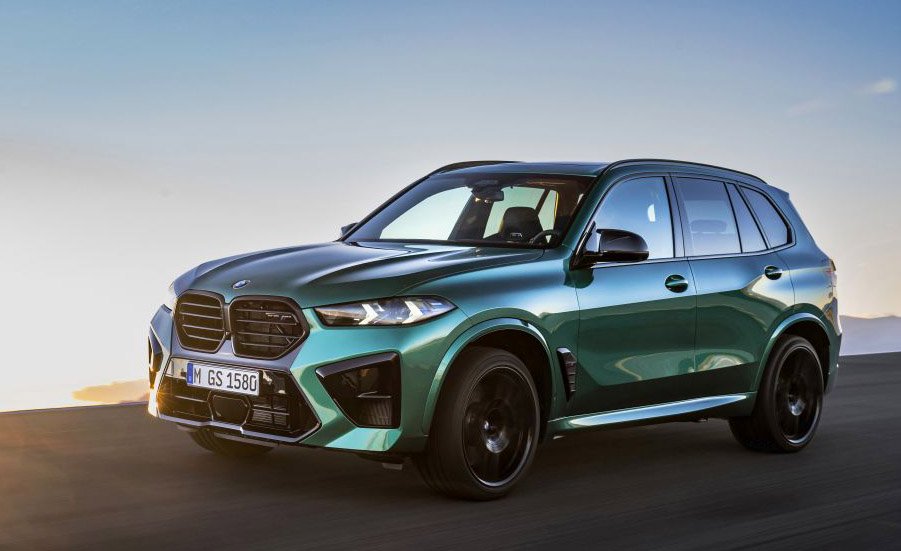
7. BMW X5 M F95
- 4922 x 2004 x 1745 mm
- 2975 mm WB
In the 7th place, I have the BMW F95 X5 M, which is based on the G05 X5. This vehicle suffers from the same design issues of the GLE, though its more upright stance gives it more athleticism and presence, which warrants a higher place. The front fascia brought in with the facelift also carries some character, even though most people will find it unappealing.
Inside, the BMW again suffers from the same problem found in the GLE, although its display is not surrounded by ugly plastic trims. Like all modern BMWs, however, the interior is utilitarian rather than elegant or beautiful. It does not offend, but it does not convey a sense of exclusivity, either.
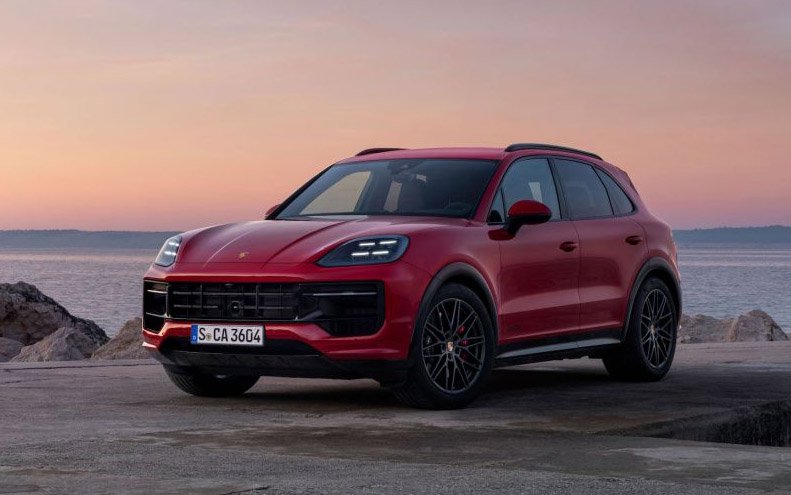
6. Porsche Cayenne GTS PO536
- 4930 x 1983 x 1674 mm
- 2895 mm WB
In the 6th place, I have the facelifted Porsche Cayenne GTS, which saw the return of the V8. Thanks to the GTS body kit, this Cayenne is appreciably more handsome and athletic than its siblings. Nothing really offends on the outside, but that is also where the problem lies: The car is again very bland. It may as well be a Renault or Citroen, and indeed if one squints a little it is indistinguishable from dozens of other mid-size crossovers.
Inside, however, the Cayenne GTS is a much nicer place to be than the GLE and the X5 M. The cabin wraps the driver better and the display is better integrated into the dashboard. In all likelihood, in 10 years there will be enthusiasts looking at it fondly on the used market, for it is an overall compelling car with a rather good V8.
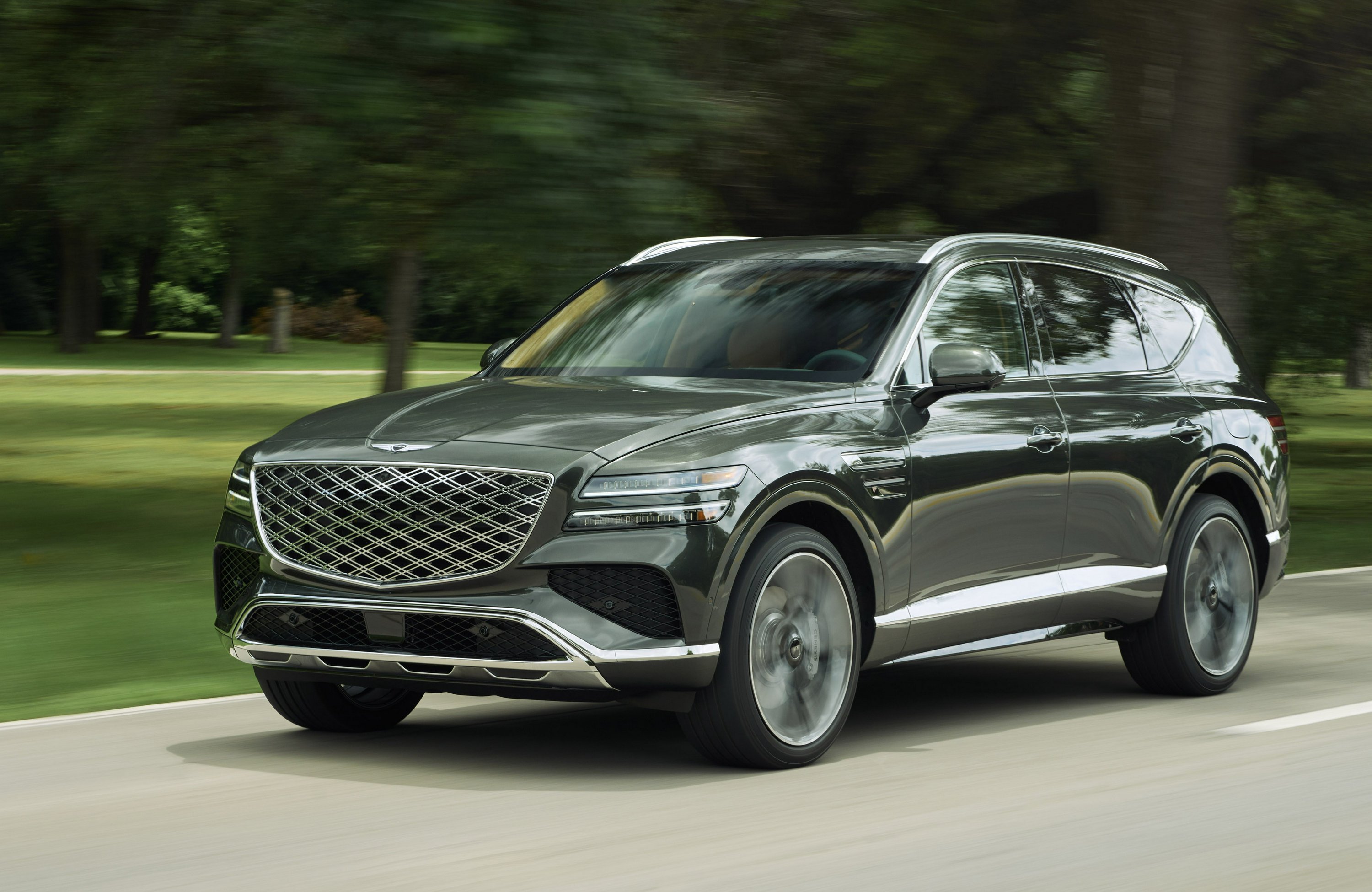
5. Genesis GV80
- 4945 x 1975 x 1715 mm
- 2955 mm WB
In the 5th place, I have the decidedly more comfort-oriented Genesis GV80. While it may not be as luxurious or as sporty as others on this list, the car’s styling is very elegant, which echoes with its priority in comfort and cruising. It is arguably the best family mid-size crossover on this list. Notably, Genesis has applied fewer styling lines that actually make each of them stand out more. Its shield-shaped front grille, while large, is not overbearing.
Inside, the GV80 also suffers from the large display syndrome, although the cabin is otherwise airy and spacious, unlike some of the German offerings on this list. The two displays are also well integrated into the driver’s field of view. Its simple, modern interior has a good blend of elegance and tech, too.
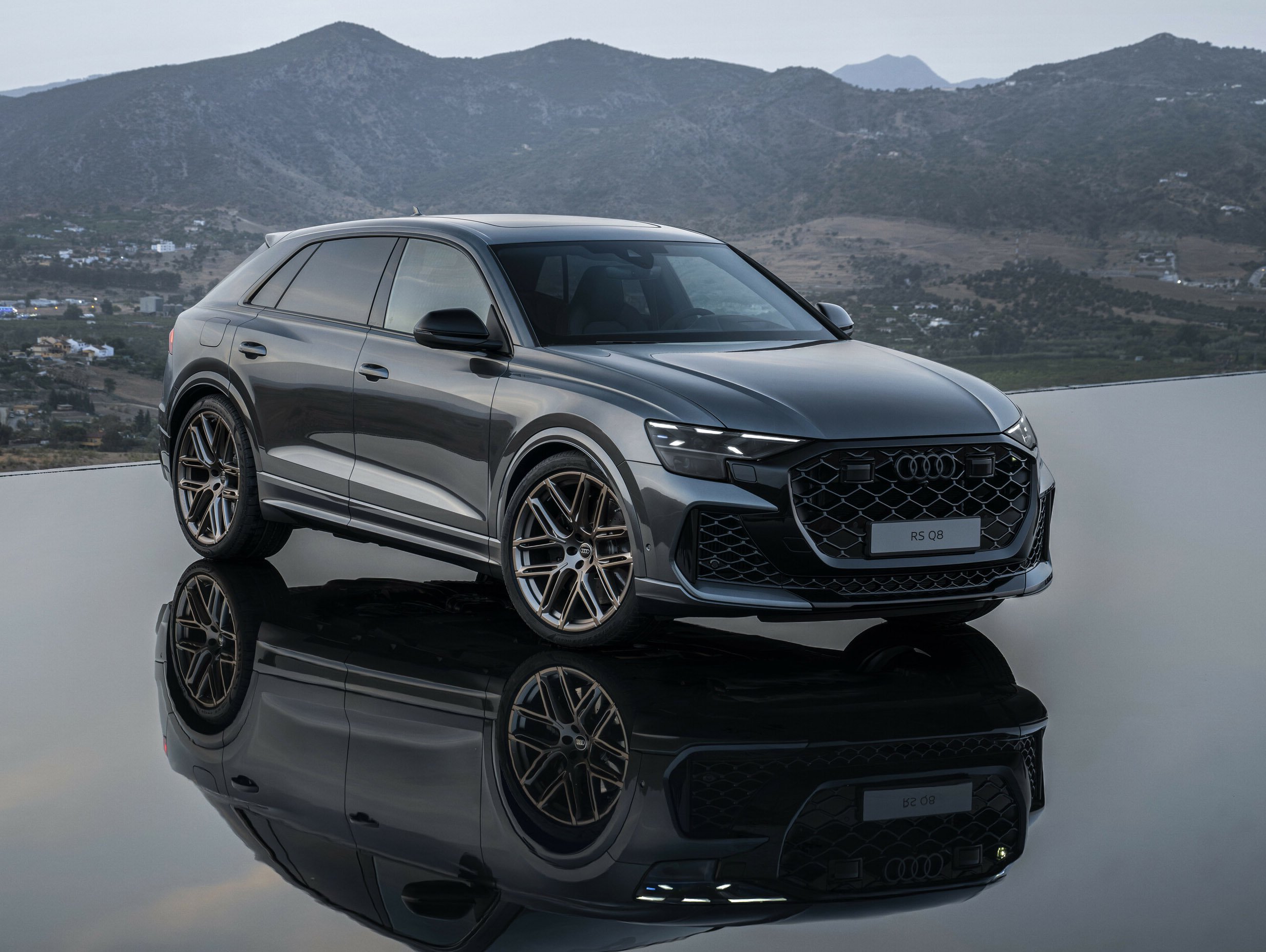
4. Audi RS Q8
- 5022 x 2007 x 1699 mm
- 2998 mm WB
In the 4th place, I have the facelifted Audi RS Q8. While German cars, especially Audis, are usually bland and uninspiring, the Q8 has been a break in that tradition. The refreshed RS Q8 is the most aggressive of the bunch, although the SQ8 is not far behind. It has a somewhat futuristic exterior design that, while not beautiful or elegant, is certainly interesting and athletic.
Inside, the car’s touch-centered display galore is still well integrated into the dashboard and the center console. Even though usability has suffered, the interior is coherent and, again, futuristic. It is closer to the Urus than the Cayenne, which is probably a good thing.
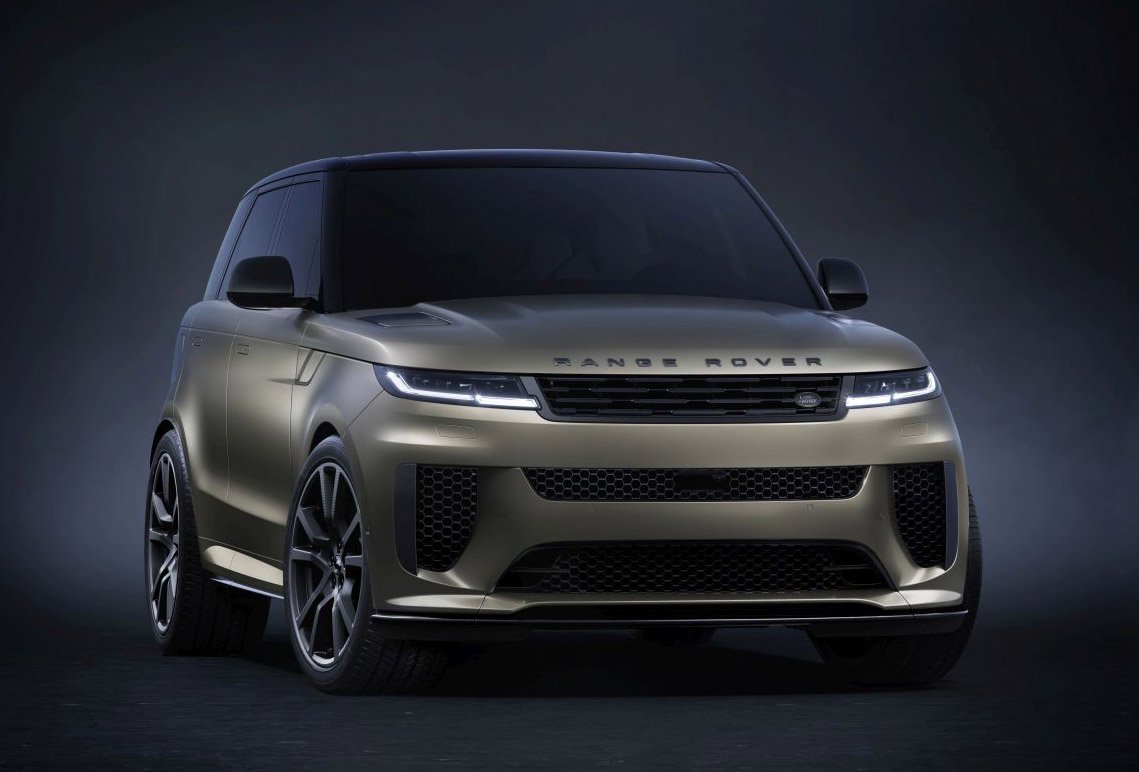
3. Range Rover Sport L461
- 4946 x 2047 x 1820 mm
- 2997 mm WB
In the third place, I have the new Range Rover Sport. Like its predecessor, it is built on the same platform with the full-size Range Rover and shares the latter’s wheelbase. This makes it much better proportioned with short overhangs and a rather spacious passenger compartment. Like the L460 Range Rover, the L461 Sport has a sleek exterior that is instantaneously recognizable.
Inside, the cabin feels much more coherent and luxurious than the German designs. Its use of tech does not detract from ergonomics or styling. The only minor ding is the marginal increase of plastics compared to the full-size Range Rover. For those with the money, I think it is the best version of the Range Rover family today.

2. Maserati Levante Trofeo
- 5003 x 1968 x 1679 mm
- 3004 mm WB
In the second place, I have the Maserati Levante Trofeo, whose production has just ended after 8 years. In my opinion, the Levante has been the most elegant and stylish mid-size crossover during much of its production run. It enjoys a selective application of smooth curves that hides its massive size and spacious cabin. It remains sporty yet is not one bit vulgar, as has frequently been the case with sporty German vehicles. The Trofeo is the range-topping model equipped with the intoxicating Ferrari F154 V8 as well as a broad range of minor styling and equipment upgrades. In my view, it is the ultimate Levante.
Inside, the Levante excites less. Its cabin is well appointed with leather everywhere, but its switches and the infotainment system are taken largely from Stellantis. Nevertheless, it has mechanical gauges that are much more usable than the ugly displays found in German cars.
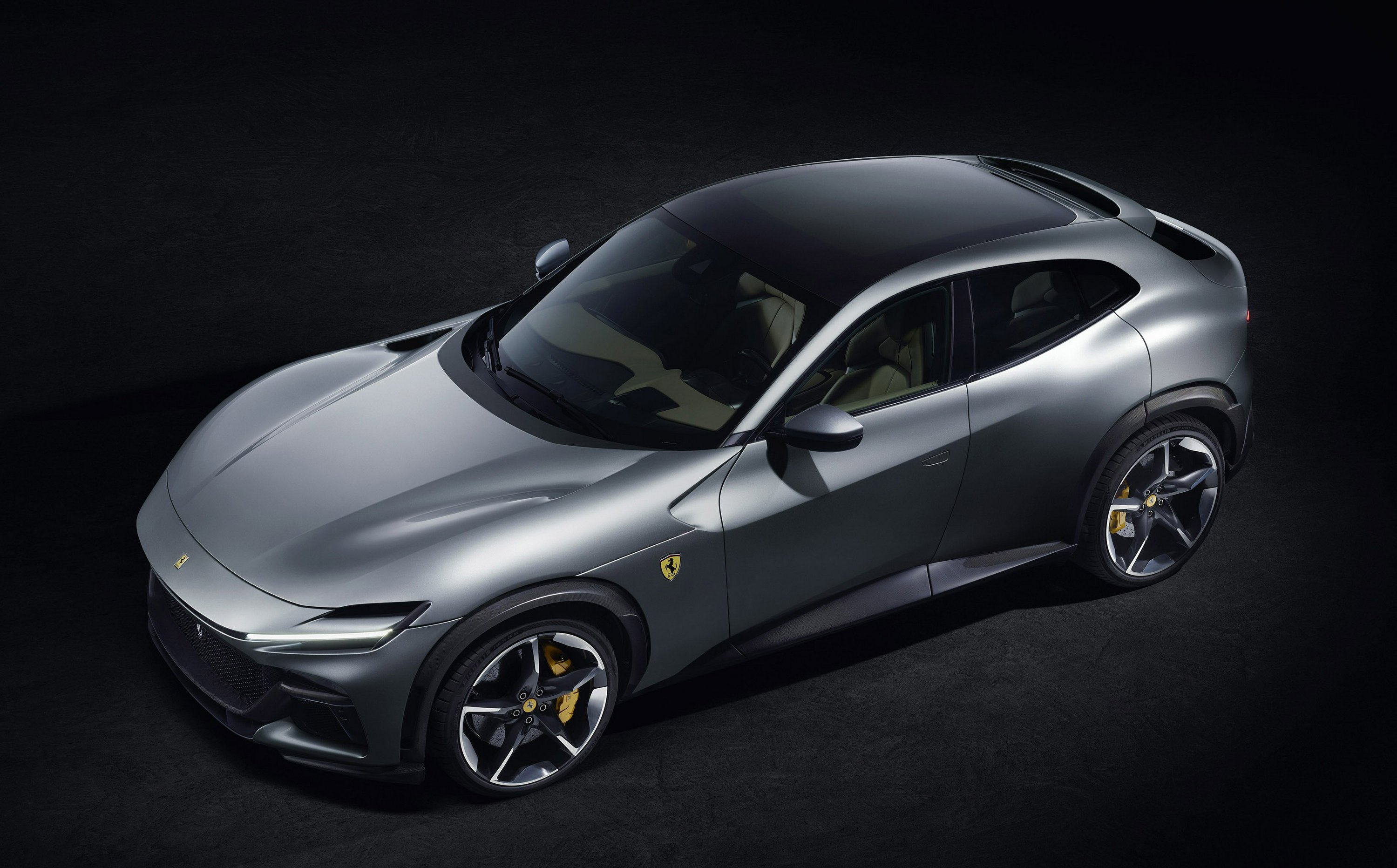
1. Ferrari Purosangue
4973 x 2028 x 1589 mm
3018 mm WB
Topping this list is the Ferrari Purosangue. The first crossover and the first four-door in Ferrari history, the Purosangue is groundbreaking in its design. It is the most sport car-like crossover in production today, yet it offers an amount of utility and space never before found in a Ferrari. Theoretically based on the platform of the Ferrari Roma, the car is both futuristic and elegant. Its shooting-break-like profile is exceptionally well executed to blend sportiness with style. These are lessons that the Germans can never learn. While its relatively low roofline is a compromise, it is a compromise that Ferrari owners no doubt would take.
Inside, things are also looking great. In fact, this is the most comfortable cabin that Ferrari has ever made, yet it does not detract one bit from the vehicle’s style and elegance. While the full-display interior of the Roma looked like an unfinished product, the version in the Purosangue is perhaps the best full-display interior on the market today.
